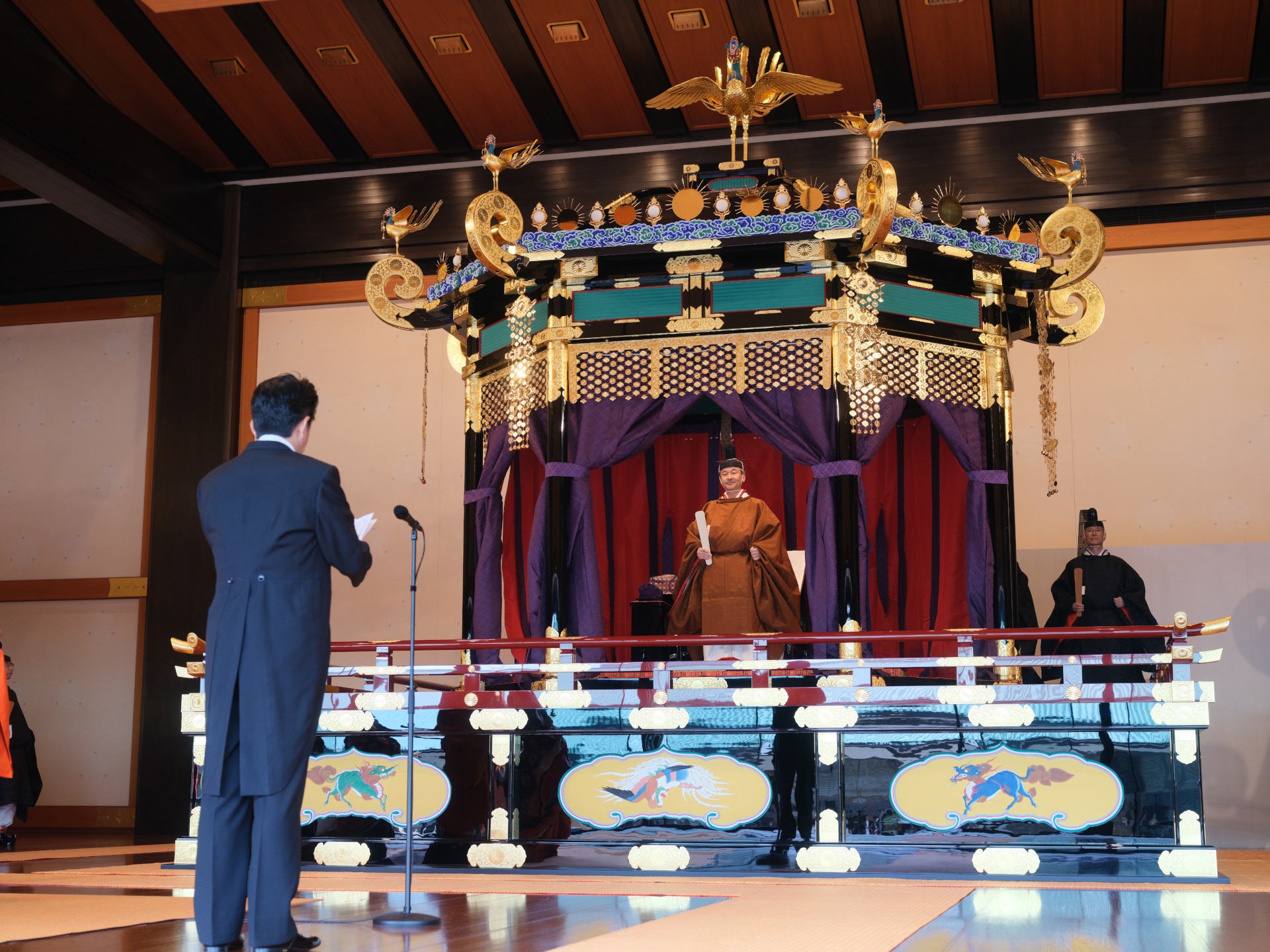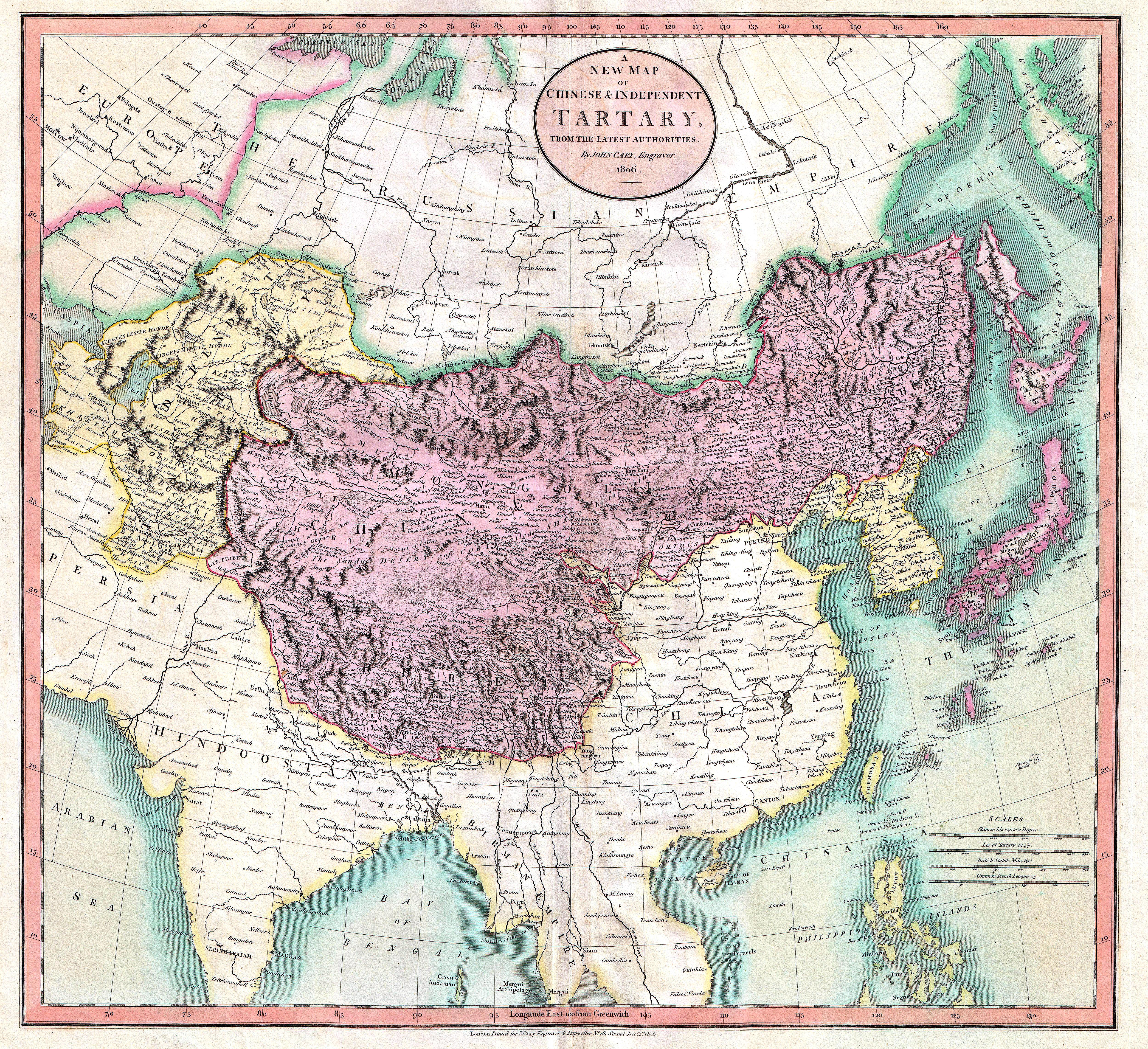|
Manchu Nationalism
Manchurian nationalism or Manchu nationalism () refers to the ethnic nationalism of the Manchu people or the territorial nationalism of the inhabitants of Manchuria, regardless of ethnic origin. Overview While ruling China proper, the Manchu-led Qing dynasty had promoted a common, "Manchufying" identity among members of the Eight Banners, its primary military forces. Manchus were thus strongly associated with the Banner system, even though there were Mongol and Han Chinese Bannermen as well. The Banner identity was not yet racial or national, but still strongly divided the mostly Manchu Banner people from the primarily Han Chinese civilians of the Qing Empire. This divide grew with the overthrow of the Qing dynasty in 1912, and the foundation of the Republic of China. Thereafter, ethnic identity grew greatly in importance, and the Banner people had to decide whether to identify as Manchu, Han Chinese, or Mongol. Many of Mongol or Han Chinese ethnic origin opted to be classified ... [...More Info...] [...Related Items...] OR: [Wikipedia] [Google] [Baidu] |
Flag Of Manchukuo
The flag of the Empire of Manchuria had a yellow field with four horizontal stripes of different colours in the upper-left corner. The colours of the flag were based on the colours on the Five Races Under One Union flags used by the Beiyang government, Empire of China and by the Fengtian clique. The flag was first established in '' Announcement of National Flag'' on 1 March 1932. Description According to the '' Document of the Explanation of National Flag'' issued by state council of Manchukuo on 24 February 1933, the colours on the flag represent the four directions and center. The ''Study of Manchukuo National Flag'' published by state council of Manchukuo later also gave a representative based on Wu Xing. * Yellow represents the center, symbolizes the rule of emperor of four directions and virtue of Ren in Confucianism, also Earth in Five Elements. * Red represents the South, symbolises passion and courage, also Fire in Five Elements. * Blue represents the East, symbolises y ... [...More Info...] [...Related Items...] OR: [Wikipedia] [Google] [Baidu] |
Monarchism
Monarchism is the advocacy of the system of monarchy or monarchical rule. A monarchist is an individual who supports this form of government independently of any specific monarch, whereas one who supports a particular monarch is a royalist. Conversely, the opposition to monarchical rule is referred to as republicanism. Depending on the country, a royalist may advocate for the rule of the person who sits on the throne, a regent, a pretender, or someone who would otherwise occupy the throne but has been deposed. History Monarchical rule is among the oldest political institutions. The similar form of societal hierarchy known as chiefdom or tribal kingship is prehistoric. Chiefdoms provided the concept of state formation, which started with civilizations such as Mesopotamia, Ancient Egypt and the Indus Valley civilization. In some parts of the world, chiefdoms became monarchies. Monarchs have generally ceded power in the modern era, having substantially diminished since Wo ... [...More Info...] [...Related Items...] OR: [Wikipedia] [Google] [Baidu] |
Cambridge, Massachusetts
Cambridge ( ) is a city in Middlesex County, Massachusetts, United States. As part of the Boston metropolitan area, the cities population of the 2020 U.S. census was 118,403, making it the fourth most populous city in the state, behind Boston, Worcester, and Springfield. It is one of two de jure county seats of Middlesex County, although the county's executive government was abolished in 1997. Situated directly north of Boston, across the Charles River, it was named in honor of the University of Cambridge in England, once also an important center of the Puritan theology embraced by the town's founders. Harvard University, the Massachusetts Institute of Technology (MIT), Lesley University, and Hult International Business School are in Cambridge, as was Radcliffe College before it merged with Harvard. Kendall Square in Cambridge has been called "the most innovative square mile on the planet" owing to the high concentration of successful startups that have emerged in th ... [...More Info...] [...Related Items...] OR: [Wikipedia] [Google] [Baidu] |
Harvard University Press
Harvard University Press (HUP) is a publishing house established on January 13, 1913, as a division of Harvard University, and focused on academic publishing. It is a member of the Association of American University Presses. After the retirement of William P. Sisler in 2017, the university appointed as Director George Andreou. The press maintains offices in Cambridge, Massachusetts near Harvard Square, and in London, England. The press co-founded the distributor TriLiteral LLC with MIT Press and Yale University Press. TriLiteral was sold to LSC Communications in 2018. Notable authors published by HUP include Eudora Welty, Walter Benjamin, E. O. Wilson, John Rawls, Emily Dickinson, Stephen Jay Gould, Helen Vendler, Carol Gilligan, Amartya Sen, David Blight, Martha Nussbaum, and Thomas Piketty. The Display Room in Harvard Square, dedicated to selling HUP publications, closed on June 17, 2009. Related publishers, imprints, and series HUP owns the Belknap Press imp ... [...More Info...] [...Related Items...] OR: [Wikipedia] [Google] [Baidu] |
Tartary
Tartary ( la, Tartaria, french: Tartarie, german: Tartarei, russian: Тартария, Tartariya) or Tatary (russian: Татария, Tatariya) was a blanket term used in Western European literature and cartography for a vast part of Asia bounded by the Caspian Sea, the Ural Mountains, the Pacific Ocean, and the northern borders of China, India and Persia, at a time when this region was largely unknown to European geographers. The active use of the toponym (place name) can be traced from the 13th to the 19th centuries. In European sources, Tartary became the most common name for Central Asia that had no connection with the real polities or ethnic groups of the region; until the 19th century, European knowledge of the area remained extremely scarce and fragmentary. In modern English-speaking tradition, the region formerly known as Tartary is usually called Inner or Central Eurasia. Much of this area consists of arid plains, the main nomadic population of which in the past was en ... [...More Info...] [...Related Items...] OR: [Wikipedia] [Google] [Baidu] |
Northeast China
Northeast China or Northeastern China () is a geographical region of China, which is often referred to as "Manchuria" or "Inner Manchuria" by surrounding countries and the West. It usually corresponds specifically to the three provinces east of the Greater Khingan Range, namely Liaoning, Jilin, and Heilongjiang, but historically is meant to also encompass the four easternmost prefectures of Inner Mongolia west of the Greater Khingan. The heartland of the region is the Northeast China Plain, the largest plain in China, with an area over . It is separated from Russian Far East to the north by the Amur, Argun, and Ussuri rivers; from Korea to the south by the Yalu and Tumen Rivers; and from Inner Mongolia to the west by the Greater Khingan and parts of the Xiliao River. Due to the shrinking of its once-powerful industrial sector and decline of its economic growth and population, the region is often referred to as China's Rust Belt. As a result, a campaign named Northeas ... [...More Info...] [...Related Items...] OR: [Wikipedia] [Google] [Baidu] |
Manchukuo
Manchukuo, officially the State of Manchuria prior to 1934 and the Empire of (Great) Manchuria after 1934, was a puppet state of the Empire of Japan in Manchuria from 1932 until 1945. It was founded as a republic in 1932 after the Japanese invasion of Manchuria, and in 1934 it became a constitutional monarchy under the ''de facto'' control of Japan. It had limited international recognition. The area was the homeland of the Manchu people, Manchus, including the emperors of the Qing dynasty. In 1931, Japanese invasion of Manchuria, Japan seized the region following the Mukden Incident. A pro-Japanese government was installed one year later with Puyi, the List of emperors of the Qing dynasty, last Qing emperor, as the nominal regent and later emperor. Manchukuo's government was dissolved in 1945 after the Surrender of Japan, surrender of Imperial Japan at the End of World War II in Asia, end of World War II. The territories claimed by Manchukuo were first seized in the Soviet ... [...More Info...] [...Related Items...] OR: [Wikipedia] [Google] [Baidu] |
Shenyang
Shenyang (, ; ; Mandarin pronunciation: ), formerly known as Fengtian () or by its Manchu name Mukden, is a major Chinese sub-provincial city and the provincial capital of Liaoning province. Located in central-north Liaoning, it is the province's most populous city, with a total population of 9,070,093 inhabitants as of the 2020 census. Among the resident population of the city, the male population is 4,521,021, accounting for 49.85%; the female population is 4,549,072, accounting for 50.15%. The sex ratio of the total population (with women as 100, the ratio of men to women) dropped from 102.10 in the sixth national census in 2010 to 99.38. Its built-up (or metro) area encompassing 8 Shenyang urban districts and the 4 Fushun urban districts, was home to 8,192,848 inhabitants in 2020. It is also the largest city in Northeast China by urban population, with 7.49 million people (2020 census). Shenyang is also the central city of one of the major megalopolises in China, the Gr ... [...More Info...] [...Related Items...] OR: [Wikipedia] [Google] [Baidu] |
Japanese Invasion Of Manchuria
The Empire of Japan's Kwantung Army invaded Manchuria on 18 September 1931, immediately following the Mukden Incident. At the war's end in February 1932, the Japanese established the puppet state of Manchukuo. Their occupation lasted until the success of the Soviet Union and Mongolia with the Manchurian Strategic Offensive Operation in mid-August 1945, towards the end of the Second World War. The South Manchuria Railway Zone and the Korean Peninsula had been under the control of the Japanese Empire since the Russo-Japanese War of 1904–1905. Japan's ongoing industrialization and militarization ensured their growing dependence on oil and metal imports from the US. The US sanctions which prevented trade with the United States (which had occupied the Philippines around the same time) resulted in Japan furthering its expansion in the territory of China and Southeast Asia. The invasion of Manchuria, or the Marco Polo Bridge Incident of 7 July 1937, are sometimes cited as an alternat ... [...More Info...] [...Related Items...] OR: [Wikipedia] [Google] [Baidu] |
Zhang Zuolin
Zhang Zuolin (; March 19, 1875 June 4, 1928), courtesy name Yuting (雨亭), nicknamed Zhang Laogang (張老疙瘩), was an influential Chinese bandit, soldier, and warlord during the Warlord Era in China. The warlord of Manchuria from 1916 to 1928, and the military dictator of the Republic of China in 1927 and 1928, he rose from banditry to power and influence. Backed by Japan, Zhang successfully influenced politics in the Republic of China during the early 1920s. In the fall of 1924, during the Second Zhili–Fengtian War, he invaded and gained control of Peking, including the internationally recognized government, in April 1926. His appointment as grand marshal of the Republic of China in June 1927 represented the height of his success, but was quickly followed by defeat: the economy of Manchuria, the basis of his power, was overtaxed by his adventurism and collapsed in the winter of 1927; and he was defeated by the National Revolutionary Army of the Kuomintang under Gener ... [...More Info...] [...Related Items...] OR: [Wikipedia] [Google] [Baidu] |
Kwantung Army
''Kantō-gun'' , image = Kwantung Army Headquarters.JPG , image_size = 300px , caption = Kwantung Army headquarters in Hsinking, Manchukuo , dates = April 1919 – August 1945 , country = , allegiance = Emperor of Japan , branch = , type = General Army , size = 300,000 (1940)763,000 (1941)713,000 (1945) , command_structure = , garrison = Ryojun, Kwantung Leased Territory (1906–1932) Hsinking, Manchukuo (1932–1945) , garrison_label = , nickname = , "Virtue" , patron = , motto = , colors = , colors_label = , march = , mascot = , equipment ... [...More Info...] [...Related Items...] OR: [Wikipedia] [Google] [Baidu] |







